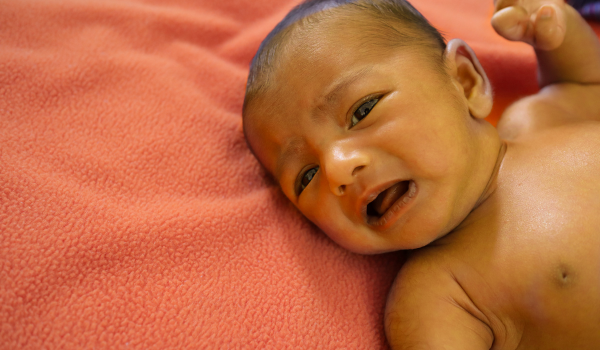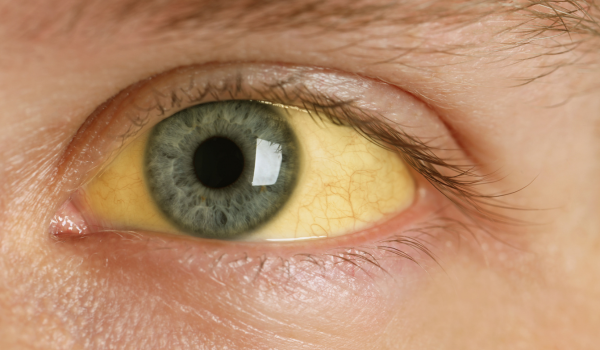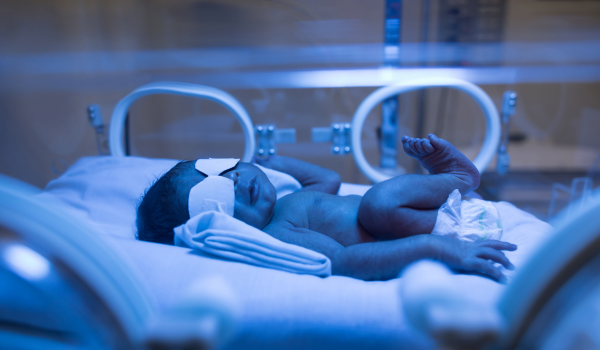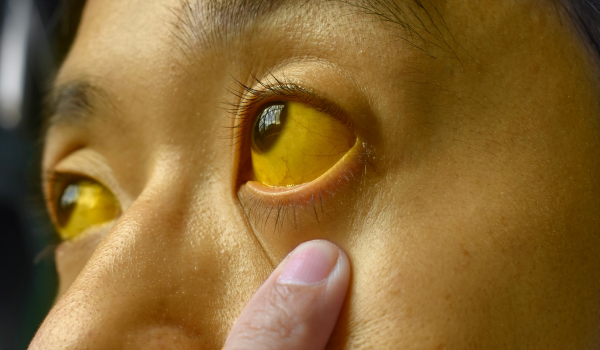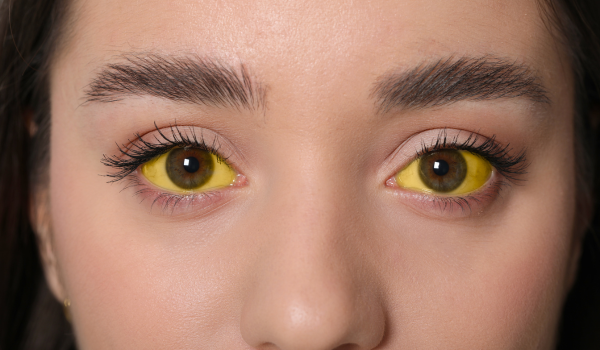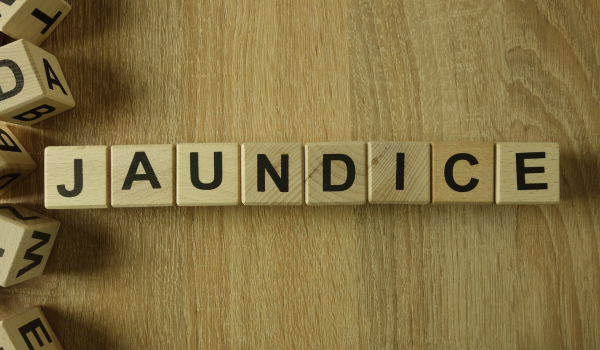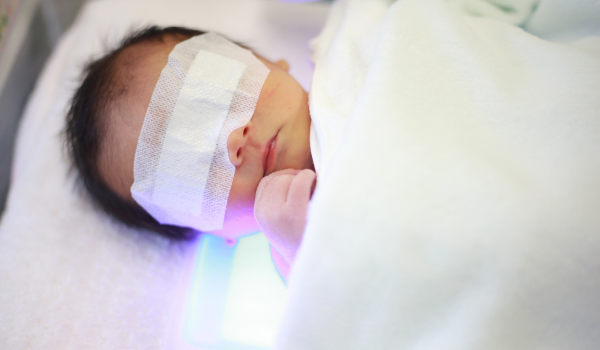
Introduction
Jaundice — the yellowing of the skin and eyes — is often a visible sign of deeper problems within the liver. Since the liver is responsible for processing and eliminating bilirubin, any disease that affects its function can cause bilirubin to accumulate in the body.
This article examines the liver diseases most commonly linked to jaundice, including hepatitis, cirrhosis, and other conditions. By understanding these diseases, their symptoms, and treatments, you can take steps toward early detection and prevention of serious complications.
Hepatitis
Hepatitis refers to inflammation of the liver, which can be caused by viruses, alcohol, toxins, autoimmune disorders, or metabolic diseases.
Types linked to jaundice:
-
Hepatitis A: Spread through contaminated food and water; usually acute.
-
Hepatitis B and C: Spread through blood, sexual contact, or from mother to baby; can become chronic.
-
Autoimmune hepatitis: The immune system attacks the liver.
How it causes jaundice:
Inflammation damages liver cells, reducing their ability to process bilirubin efficiently.
Treatment:
-
Antiviral medications for hepatitis B and C
-
Supportive care for hepatitis A
-
Immunosuppressive drugs for autoimmune hepatitis
-
Lifestyle changes to reduce liver stress
Cirrhosis
Cirrhosis is the advanced scarring of liver tissue due to chronic liver injury. Common causes include chronic hepatitis, long-term alcohol abuse, and non-alcoholic fatty liver disease (NAFLD).
How it causes jaundice:
Scar tissue replaces healthy liver cells, blocking blood flow and impairing bilirubin processing.
Symptoms:
-
Fatigue
-
Easy bruising
-
Swelling in the legs and abdomen
-
Confusion (hepatic encephalopathy)
Treatment:
-
Managing underlying cause (e.g., stopping alcohol, treating hepatitis)
-
Medications to reduce complications like fluid buildup
-
In severe cases, liver transplantation
Alcohol-Related Liver Disease
Prolonged heavy drinking damages liver cells and can lead to fatty liver, alcoholic hepatitis, and eventually cirrhosis.
How it causes jaundice:
Alcohol-induced inflammation and cell death reduce the liver’s ability to filter bilirubin.
Treatment:
-
Complete alcohol cessation
-
Nutritional support, including vitamin supplementation
-
Corticosteroids for severe alcoholic hepatitis
-
Liver transplant for end-stage disease
Non-Alcoholic Fatty Liver Disease (NAFLD)
NAFLD occurs when excess fat builds up in the liver, not caused by alcohol use. It can progress to non-alcoholic steatohepatitis (NASH), cirrhosis, and liver cancer.
How it causes jaundice:
In advanced stages, inflammation and fibrosis impair bilirubin clearance.
Risk factors:
-
Obesity
-
Type 2 diabetes
-
High cholesterol
Treatment:
-
Weight loss and regular exercise
-
Controlling blood sugar and cholesterol
-
Avoiding liver-toxic medications
Bile Duct Obstruction
Conditions like gallstones, tumors, or strictures can block bile flow from the liver to the intestine, causing jaundice.
How it causes jaundice:
Blocked bile ducts prevent bilirubin from leaving the liver, causing it to back up into the bloodstream.
Treatment:
-
Endoscopic removal of gallstones
-
Surgery to remove tumors or repair bile ducts
-
Stent placement to keep ducts open
Liver Cancer
Primary liver cancer (hepatocellular carcinoma) often develops in people with chronic liver disease or cirrhosis.
How it causes jaundice:
Tumors can block bile ducts or replace healthy liver tissue, impairing bilirubin processing.
Treatment:
-
Surgery to remove tumors
-
Liver transplantation
-
Targeted therapy or immunotherapy
-
Palliative care to manage symptoms
Genetic Liver Disorders
Some inherited conditions can lead to chronic jaundice:
-
Gilbert’s syndrome: Mild, harmless jaundice caused by reduced bilirubin-processing ability.
-
Hemochromatosis: Excess iron storage damages liver tissue.
-
Wilson’s disease: Excess copper buildup injures the liver.
Treatment:
-
Lifestyle adjustments for mild cases like Gilbert’s
-
Medications or chelation therapy for iron or copper overload
-
Regular monitoring to prevent complications
Drug-Induced Liver Injury
Certain medications, herbal supplements, and toxins can damage the liver and trigger jaundice.
Examples:
-
High doses of acetaminophen
-
Certain antibiotics
-
Anabolic steroids
Treatment:
-
Stopping the offending drug
-
Supportive liver care
-
Antidotes in specific cases (e.g., N-acetylcysteine for acetaminophen overdose)
Autoimmune and Inflammatory Conditions
Autoimmune conditions such as primary biliary cholangitis (PBC) and primary sclerosing cholangitis (PSC) attack bile ducts, causing progressive damage.
How it causes jaundice:
Inflammation and scarring in bile ducts reduce bile flow, leading to bilirubin buildup.
Treatment:
-
Ursodeoxycholic acid to improve bile flow
-
Immunosuppressive drugs to reduce inflammation
-
Liver transplant for advanced disease
When to Seek Medical Attention
Jaundice accompanied by any of the following requires immediate medical care:
-
Severe abdominal pain
-
High fever and chills
-
Confusion or disorientation
-
Rapid worsening of yellowing skin and eyes
-
Significant weight loss
Early detection of liver disease greatly improves treatment outcomes.
Conclusion
Jaundice is more than just a cosmetic change — it can be the first sign of serious liver disease. Conditions like hepatitis, cirrhosis, and bile duct obstructions require prompt diagnosis and targeted treatment. By addressing these diseases early, you can protect liver health, prevent complications, and improve quality of life.
